For true Glastonbury Festival devotees who’ve already wearied of aging rock royalty up at Pyramid, the more elusive acts stirring the air at West Holts Stage may inspire loftier musical revelations than any explosive headliner.
Emerging in the early 2000s as an antidote to Glastonbury’s still predominantly guitar-dominated canvas, the iconic wooden pyramid venue of West Holts rapidly developed into a sanctuary celebrating the world’s most rhythmically daring artists. Global house variants, neo-soul futurists, African rhythmatists, Latin psychedelia, and indie electronica all categorically fell through West Holts’ eclectic filters.
Those early DJ sets from scene progenitors like Fatboy Slim, Carl Cox, and Groove Armada laid vital groundwork for today’s diverse boundary-smashing phenomena including Little Simz fusing trap and African griots or electronic experimentalists 100 gecs splicing emo and hyperpop. Whether preserving rare cultural traditions or preemptively thrusting music forward faster than listener expectations, West Holts consciously explored uncharted creative terrain while neighboring Pyramid relied on aging legends plodding through decades-old hits.
Now after nearly 20 years of raising awareness for countless marginalized musical pioneers and cultivating lasting subcultural movements, West Holts belongs solidly alongside those heritage headliner stages as a barometer defining what’s fresh versus frozen in time.
Beyond showcasing rising superstars able to support diverse album-length statements rather than singles or viral moments, West Holts represents Glastonbury’s enduring ethos embracing radical creative diversity at the fringe years before the mainstream catches up.
Table of Contents
Origins: Giving Visionary Talent a West Holts Welcome
When Glastonbury co-organizer Emily Eavis introduced the West Holts concept in 2003, the age of internet virality and streaming dominance remained unforeseeable. But the urge existed to expand festival lineups and locales beyond the Britpop, post-punk, and trip-hop bias holding sway up at Pyramid and Other Stages then.
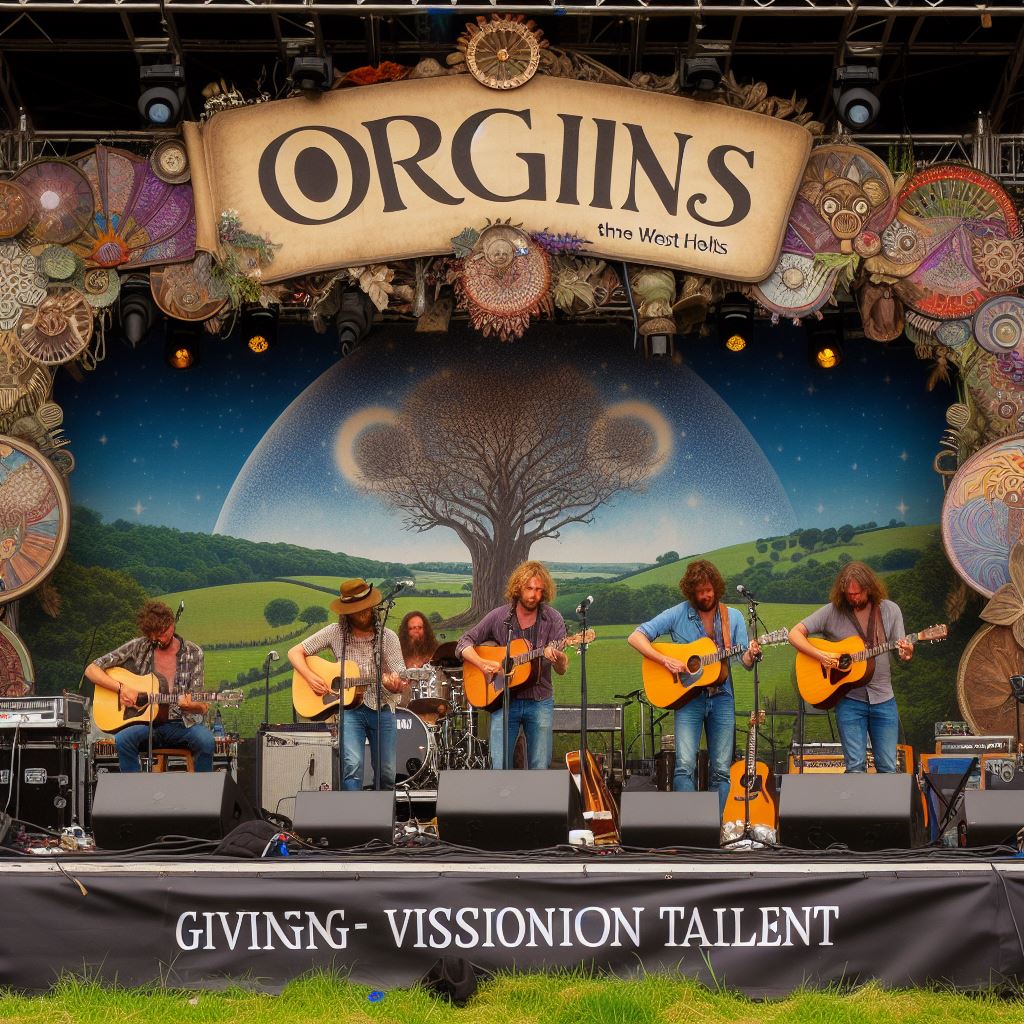
The family-friendly Jazz World and later-launched experimental spiritual hub Croissant Neuf kept stoking attendee appetites for more foreign flavors each summer. Thus West Holts emerged as the prototype for introducing rising global talents to curious crowds perhaps unfamiliar with breakbeat, AfroHouse, samba-rock, reggaeton, and beyond.
With the organizers focusing stage production budgets on Pyramid’s ever-expanding technical extravaganzas, West Holts kept styling comparatively simple yet stylish. Wooden facades and mushroom-shaped sculptural riggings mirrored fellow outlier venues like the stone circles and healing fields.
Yet once those afternoon festival skies shifted hazy pink into the night, West Holts shapeshifted into Glastonbury’s premiere after-hours party vortex pumping barefoot dancers, costumed revelers, and blissed ravers towards sonic transcendence under the stars.
Now firmly established alongside Pyramid and Other Stages as automatic headline generators, early West Holts architects like Fatboy Slim, Chemical Brothers, and even Coldplay no doubt grin like proud godparents each June beholding the latest graduating class of visionary talent stepping onto their former platform.
More Than Music: Community, Activism and West Holts Philosophy
Beyond showcasing the brightest global talents blazing new trails forward, West Holts’s founding principles held fast promoting ethnic representation, unfiltered creative freedom, and social activism scarce elsewhere at such large music gatherings. Emily Eavis once called their approach “music with meaning.”
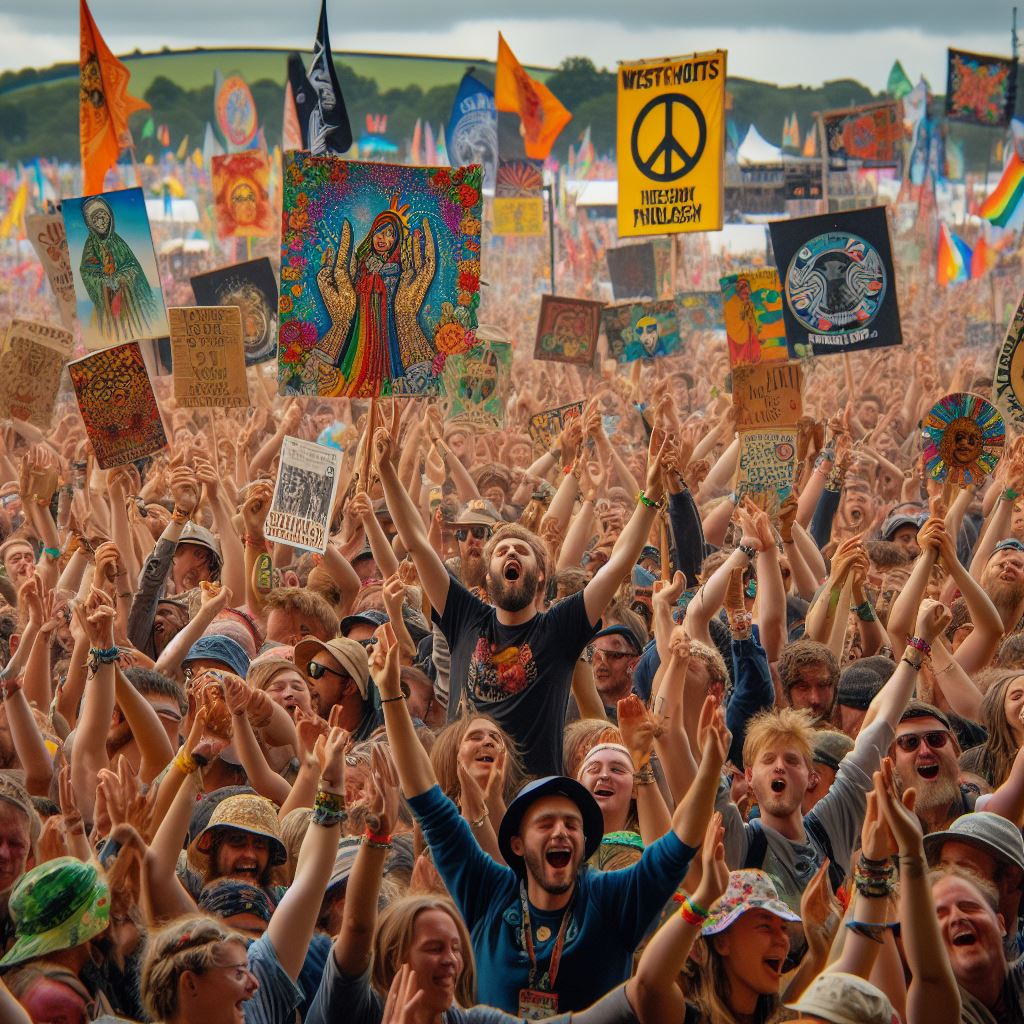
For example, West Holts moved to champion immigrant communities like British Caribbeans, Asians, and Middle Eastern people gaining cultural footholds across UK club life yet still denied equal platforms because record labels downgraded their viability. Homegrown legends of color like Apache Indian, reggae DJ David Rodigan, and saxophonist Soweto Kinch enjoyed early West Holts residencies buffering their paths towards Pyramid ascension.
Producers using music as outreach and education found West Holts more receptive than commercial stages. After Brazilian artists like Gilberto Gil, Seu Jorge, or soul queen CéU resonated with crowds, a new wave of resilient women MCs dodging Brazil’s resurgent right-wing regimes brought empowering lyrics about LGBTQ, feminist, and racial justice struggles to engage rather than merely entertain.
West Holts granted international phenoms access lacking elsewhere. South African rave rap pioneers Die Antwoord turned curious observers into exhilarated mosh pits instantly via their zef slang and meme-ified visual punchlines. Enigmatic Japanese footwork producer RP Boo banged out dystopian bangers perfect for Glastonbury’s looming apocalyptic storm clouds.
For minority cultures and developing genres lacking traditional Western structures, West Holts support kept their artistic ecosystems thriving during vulnerable growth periods. Today’s global trap and afro beats explosions may have stalled without early West Holts visibility nurturing their pioneers’ trajectories towards present crossover domination.
Fire Starters: How Key Performances Left Indelible Imprints
Certain landmark shows left lasting marks etching West Holts’ towering wooden stage into Glastonbury lore. Let’s revisit how breakthrough sets from soon-to-be-superstars, reunited legends, and stealth renegades left their imprint:

The Chemical Brothers (2013)
Before current EDM spectacle norms like coordinated pyro/laser shows, these British big beat bellwethers The Chemical Brothers overwhelmed witnesses with pure redlined audio intensity. Their post-apocalyptic bangers induced panicked yet euphoric reactions amidst deafening bass bombs, siren cacophony, and distorted vocal hell. Like some illegal weirdo rave gone legit under West Holts rainbow lasers, this event horizon expanded electronic music’s outer limits at festivals forevermore.
Dizzee Rascal (2009)
In an era where rap remained divisively categorized as thug music unfit for such cultural events, London grime firebrand Dizzee Rascal commanded stages like military takeovers – but for the purposes of liberation. No stranger to censorship battles himself, Rascal hit West Holts with the force of suppressed generations now refusing to politely wait their turn. Urgently broadcasting his bleak yet uplifting truths lyrically without pop concessions, he became a West Holts legacy act thereon ensuring grime and hip-hop’s rapid mainstream integration.
Bicep (2017)
These Belfast hometown techno heroes brought underground warehouse energy into the meadows with their aggressive yet melodious brand of deep house imbuing rave roots with synthpop choruses. Their blown-out neon light show transfixed crowds from all directions flooding the fields drawn from neighboring stages. Thanks to their barrier-busting success, instrumental dance duos flourished in their path.
Little Simz (2022)
After decadesHIERARCHY welcoming visionary rappers and soul singers to huge responses, London’s Little Simz commanded one of 2022’s most buzzed West Holts sets fusing her unflinching bars with cinematic neo-soul production. Backed by a 13-piece band, she manifested a transcendent experience unusual for most rap concerts. Channelling Nina Simone’s righteous defiance through fierce poetic precision, Simz proved West Holts as vital for amplifying urgent voices today as ever before.
Soundtracking Your Glastonbury 2023 Experience via West Holts Discoveries
With Glastonbury’s full lineup reveal coming later in Spring, dedicated amateur talent scouts already predict possible West Holts 2023 highlights based on insider murmurs and artists gearing summer album releases timed for pre-fest buzz.

Shygirl
After igniting global avant-club culture through steamy tracks alongside FKA Twigs and Arca, Shygirl’s gritty underground blend of dancehall, rap, and experimental electronics seems primed for a Glasto coronation.
PinkPantheress
Anonymous internet icon PinkPantheress rapidly built underground buzz then mainstream pop success through chopped-and-flipped club classics and slinky bedroom trap beats. Prepare for skittering beats, diva vox samples, and glitchy post-genre anthems splicing PC Music mania onto Warp Records’ off-kilter agenda.
100 Gecs
This millennial extreme bass music duo blends sweetly addictive hyperpop melodies then violently corrupts them through harsh sonic edges, granulated Auto-Tune nightmares, and satirical EDM pastiche. Their absurdist sensory overload splitting the difference between Bubble Yum and battery acid aptly reflects today’s equally dystopian and cute aesthetic duality.
Curious yet overwhelmed navigators should take advantage of Glastonbury’s mobile app syncing personal schedules between desired stages. Mysterious outliers like Shangri-Hell and Rabbit Hole offer additional options for anyone seeking less daylight and more strange magnetism.
In more tranquil moments, seek restorative sound bath rituals awaiting at Strummerville, the Sacred Space, or ambient chill zones spread across worthy boutique venues. Glastonbury offers unlimited adventures beyond the music like theatre, cabaret, poetry, madcap circus entertainment, holistic healing, and boundary-pushing nightlife after the sun sinks.
A Final Word: Why West Holts Still Rules Renegades & Revelers
Aside from select renegade sound system zones kept discreetly discrete, no Glastonbury stage better sustains that radical spirit upon the festival’s scruffy, mystic, hippie-punk origins than West Holts. Too often, rock’s classic heroes over at Pyramid lose their edge playing nostalgia slots like human jukeboxes while younger groups homogenize trying chasing cold algorithms rather than sustaining warm blood legacies.
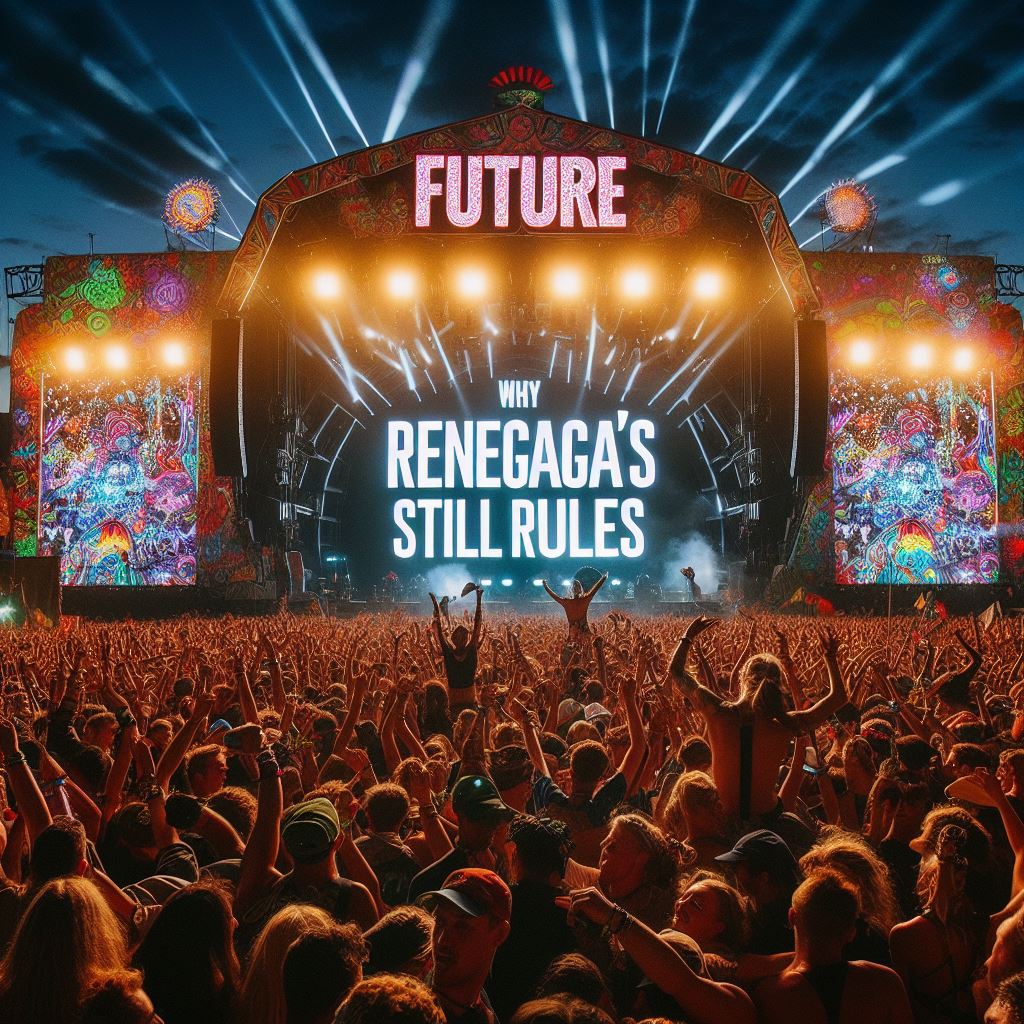
West Holts continues prioritizing pioneering musicians who create entirely new stylistic vernaculars and visions expanding from known worlds into beckoning alien territory. Its lineups routinely regenerate year after year without losing touchstone resident heroes who evolve appropriately alongside each new graduating class of future icons. Even as longtime legends graduate towards Pyramid headliner status, they make space on West Holts platforms for the next class of uncategorizable talents who treat music as temporal magic portals rather than static documents.
Its barrier-busting past, present lineup, and bright future cements West Holts’s significance upholding Glastonbury’s enduring creative campaign against complacency. The mavericks who’ve shaken West Holts rafters and rattled narrow genre definitions over the past two decades paved vital paths towards unprecedented visibility for marginalized communities. Countless musicians, fans, subcultures, and movements discovered affirming alignment and fellowship bonding together at West Holts when the outside world showed hostility or indifference elsewhere.
Vulnerable artists risked arrested development and fragile genres faced possible extinction without West Holts presenting nurturing space for germination beyond commercially constrained recording studios and radio rotations. Instead, these radical sounds now blossom wildly across our rebooting cultural landscape. West Holts’ reputation magnetizes diverse believers gathering physically to unlock deeper purpose and possibilities dancing collectively nightly towards new dawns. That renewable collaborative energy keeps tomorrow’s music forever young and unwritten at Glastonbury Festival.
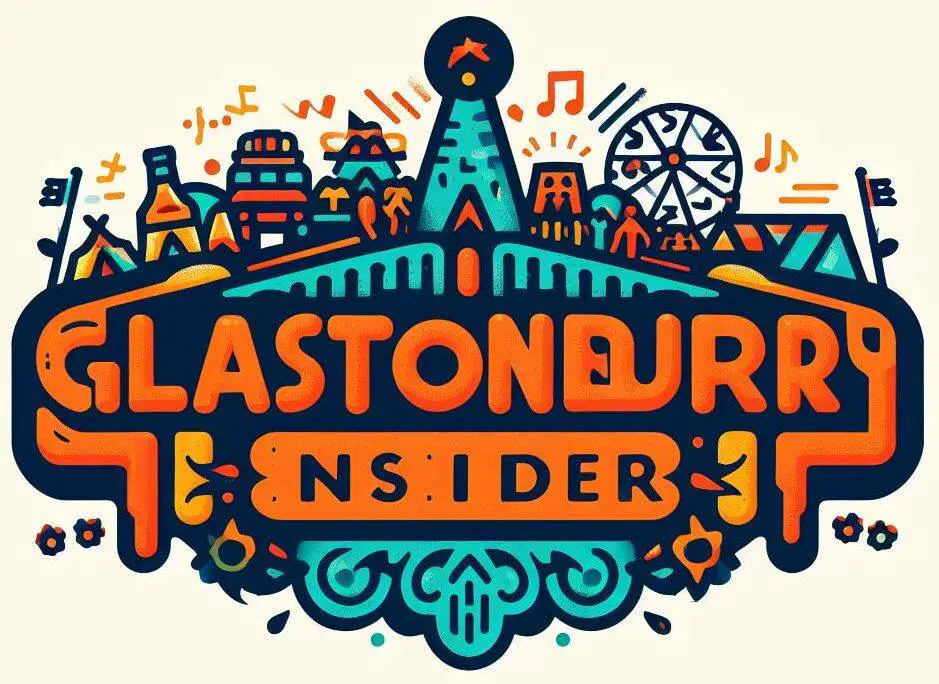
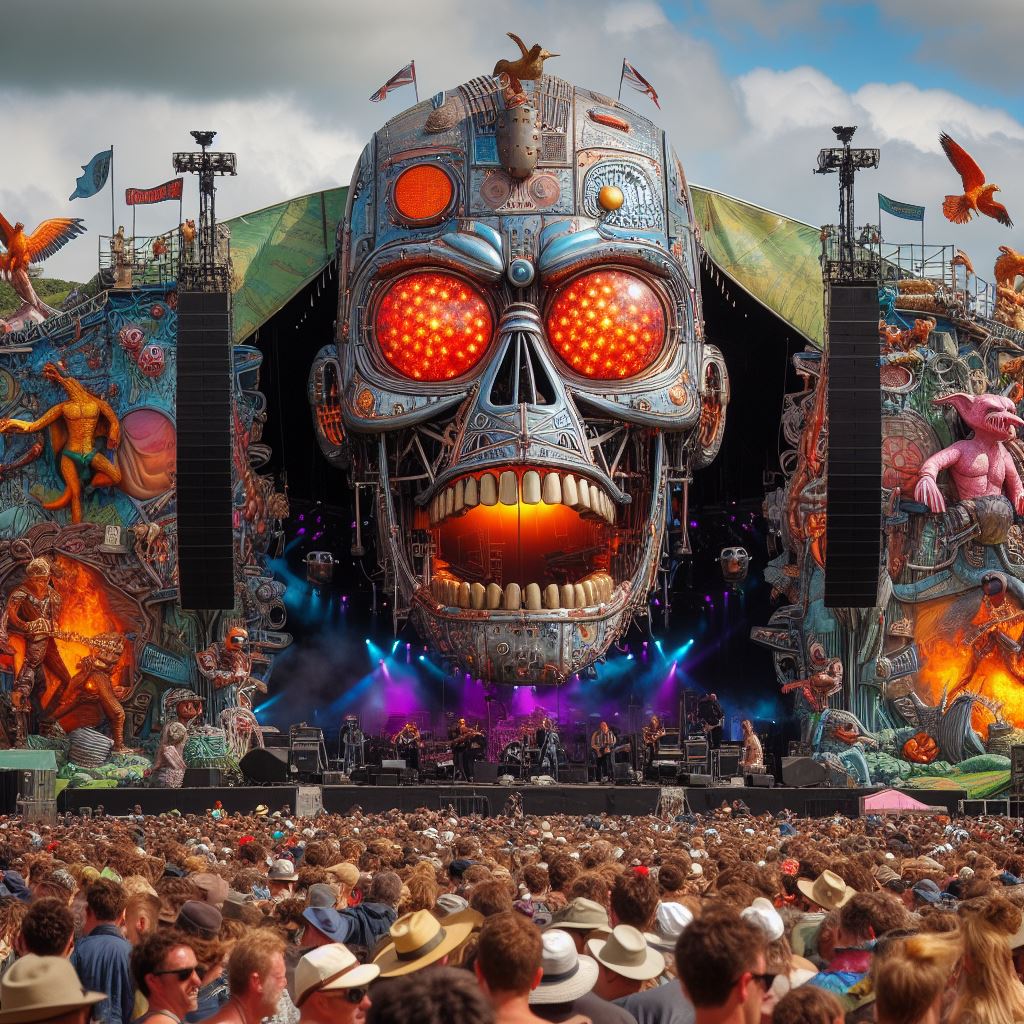

Leave a Reply